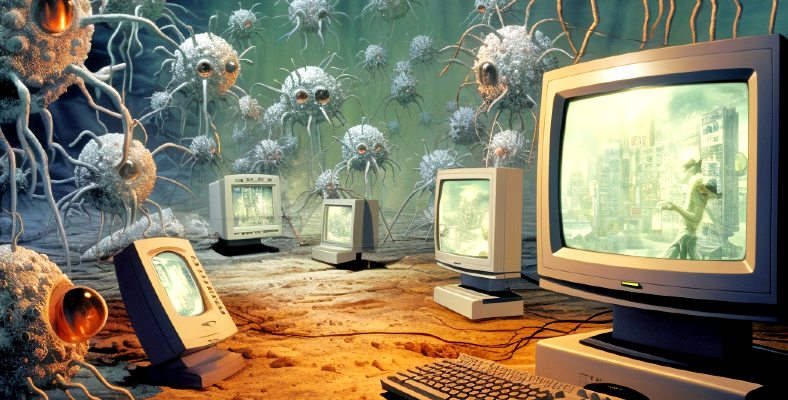Remember 15 to 20 years ago when we were pretty worried about computers getting viruses? In particular, the fees we paid to antivirus companies to protect computers from Trojan horse (also known as Trojan) viruses were enormous. But despite all our efforts, it would be inevitable for these viruses to enter computers.
These viruses; corrupts or deletes data on the computer, spreads to other computers using our email or sometimes it would cause all items on the hard disk to be deleted.
In this case, the computer starting in safe mode and we would have no choice but to pray that our data would not be lost.
But nowadays, the thought of a virus damaging our computer does not even occur to us. Alright, Have these computer viruses disappeared or changed shape?
First, let’s go back to the early days when computer viruses appeared.
The first computer virus, which appeared in 1971 under the name Creeper, was often called a worm virus. Produced by Bob Thomas, Creeper was created in a controlled environment and a self-replicating program It served as a test to show that it was possible to do this.
Does not cause any damage to data When Creeper works, it just says “I am creepr: catch me if you can” It contained the message. As we all know, the most prominent feature of viruses is self-replication, and for this reason, Creeper can be considered the first example in this sense. But most viruses were much more dangerous than Creeper, and Elk Cloner was one of them.
Elk Cloner was created in 1982 by a 15-year-old high school student named Rich Skrenta on an Apple II Series computer.
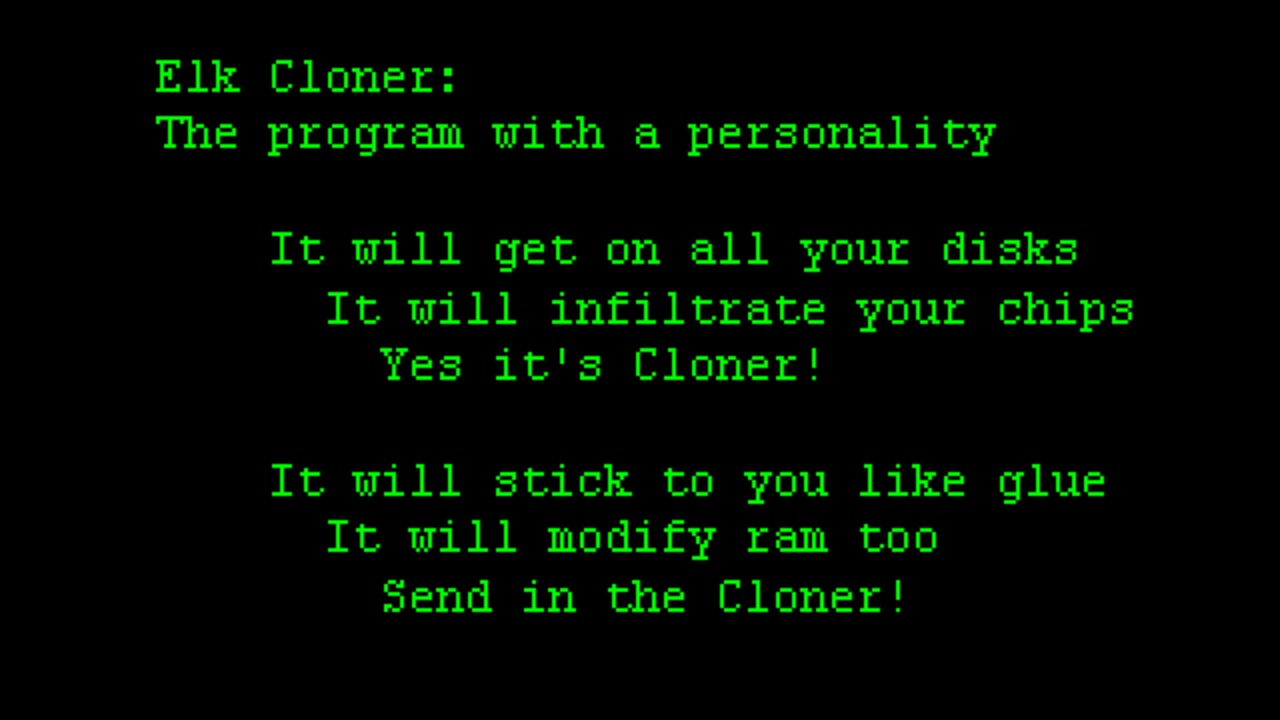
Elk Cloner was a boot virus. In other words, when a virus-infected floppy disk was inserted into the computer, a copy was placed in the computer’s memory storage. In this situation User permission is not required for the virus to multiply It means. In short, this virus would affect our computer without us noticing.
Surprisingly, every 50th time the computer infected with Elk Cloner was started, the following poem appeared on the screen:
“Elk Cloner: The program with personality
It will enter all your disks
It will infiltrate your chips
Yes, it’s Cloner!
It will stick to you like glue
Will also change RAM
Send Cloner!”
Elk Cloner is not a very big virus and not to damage the infected devices. However, it was the first virus to be used outside a controlled research environment.
Another virus called the Brain is considered by many to be the first computer virus.
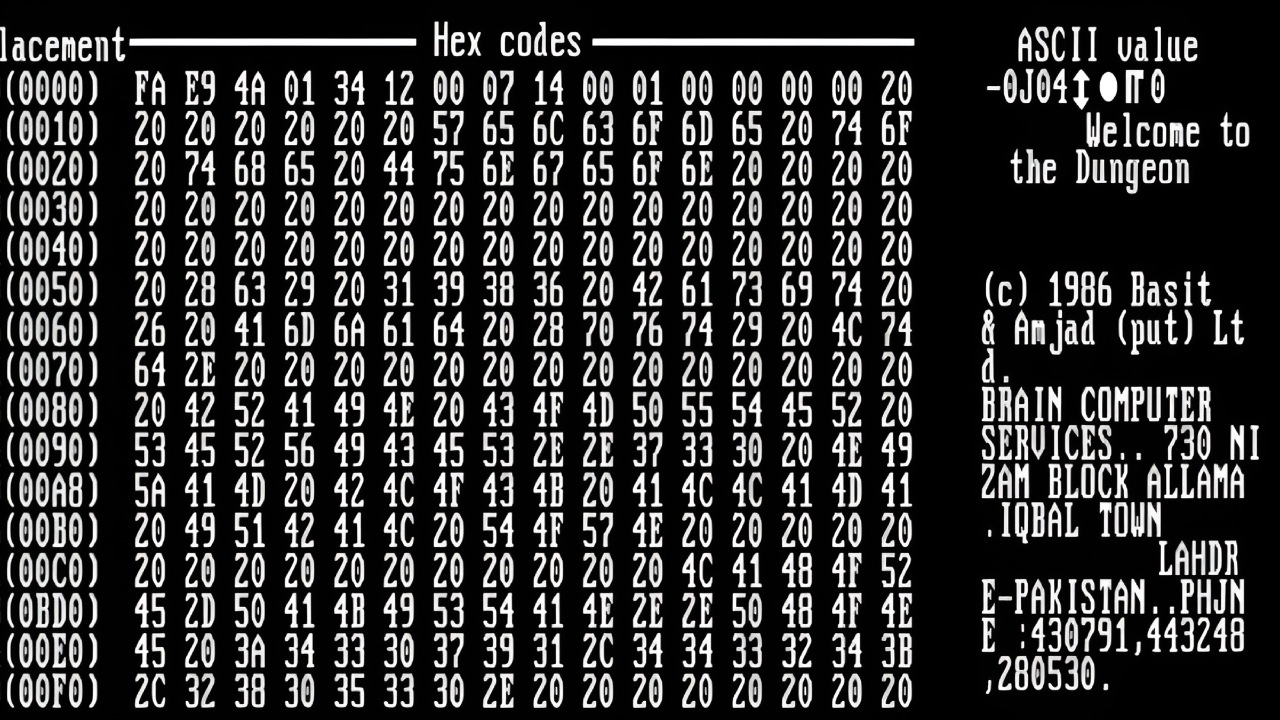
Brain was a virus that two Pakistani brothers put their heads together and came out just a few years after the Elk Cloner. The purpose of the Simple and Amjad Farooq Alvi brothers in creating this virus was Brain’s was copying other people’s software.
The two brothers used floppy disks in this virus, just like they were used in Elk Cloner. Although Brain is not in the category of dangerous viruses, it is a kind of virus. open to future programs He played a big role in this.
Let’s talk about the biggest computer virus ever.
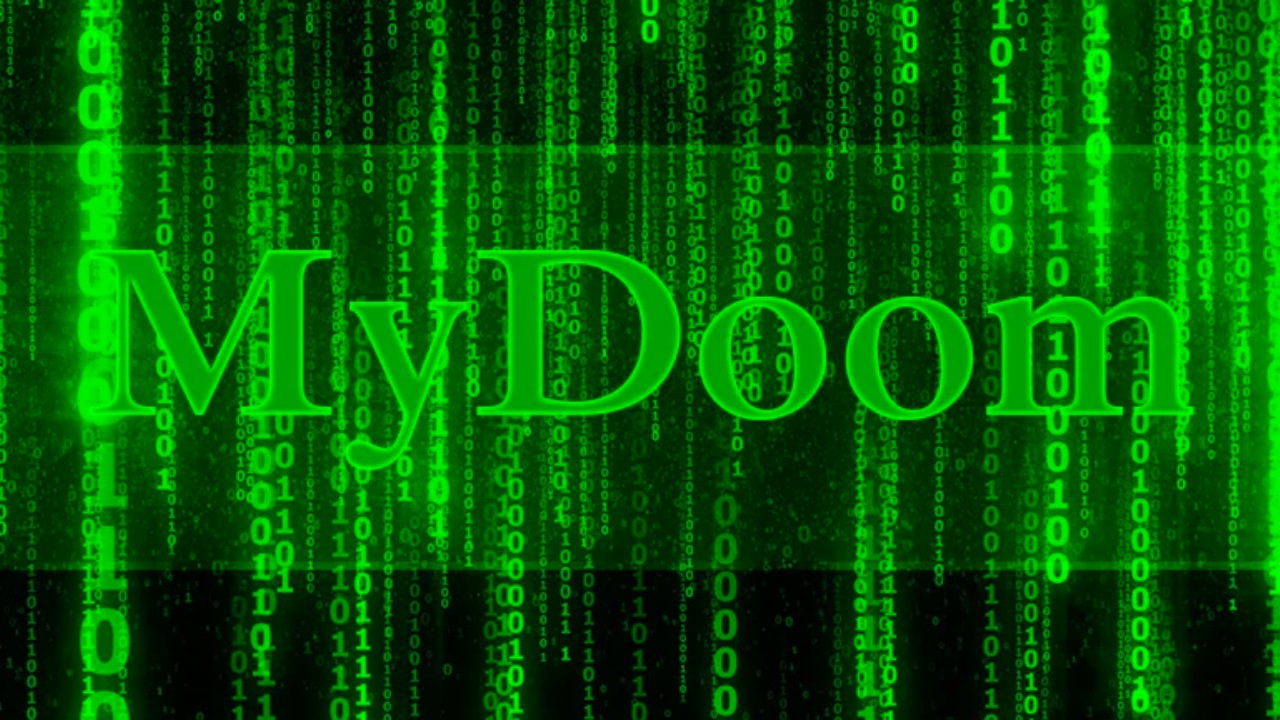
In fact, there are many viruses that can be called the biggest and most dangerous viruses, but Mydoom is, according to general opinion, most dangerous virus can be considered as.
This virus, also known as W32.MyDoom@mm, Novarg, Shimgapi and Mimail.R; worldwide Nearly half a million computers were infected. (Years ago, your computer was most likely under the influence of MyDoom.)
Mydoom first appeared in January 2004, but that was just the beginning. This virus is a month later, via a malicious email campaign and attachments It started to spread and take over thousands of people’s computers.
If you ask who is responsible for this virus, you can choose Mydoom, also called a type of computer worm. It is still unclear who created it. The worm that arrives in the e-mail seems to be making fun of itself. “Andy; I’m just doing my job, don’t take it personally, I’m sorry” It contained the message.
On the other hand, in the early 2000s, cybersecurity protection was not as advanced as it is now.
In this case, a virus like Mydoom, Very easy to jump from computer to computer made it happen. In short, a lot has changed since the first computer viruses appeared in the 1970s.
As technology advances, cybercriminals have found new ways to exploit devices and trick victims. By today’s standards, the first computer viruses were fairly simple. Nowadays, most of the computer does not even have a floppy disk input. It is not possible to use floppy disks to infect devices with viruses.
So, we can say that as computers develop, viruses also evolve with them. Since viruses are currently generally created with code, It is actually the code itself that determines its capacity and complexity.
Of course, viruses are not the only programs that threaten our cyber security today.
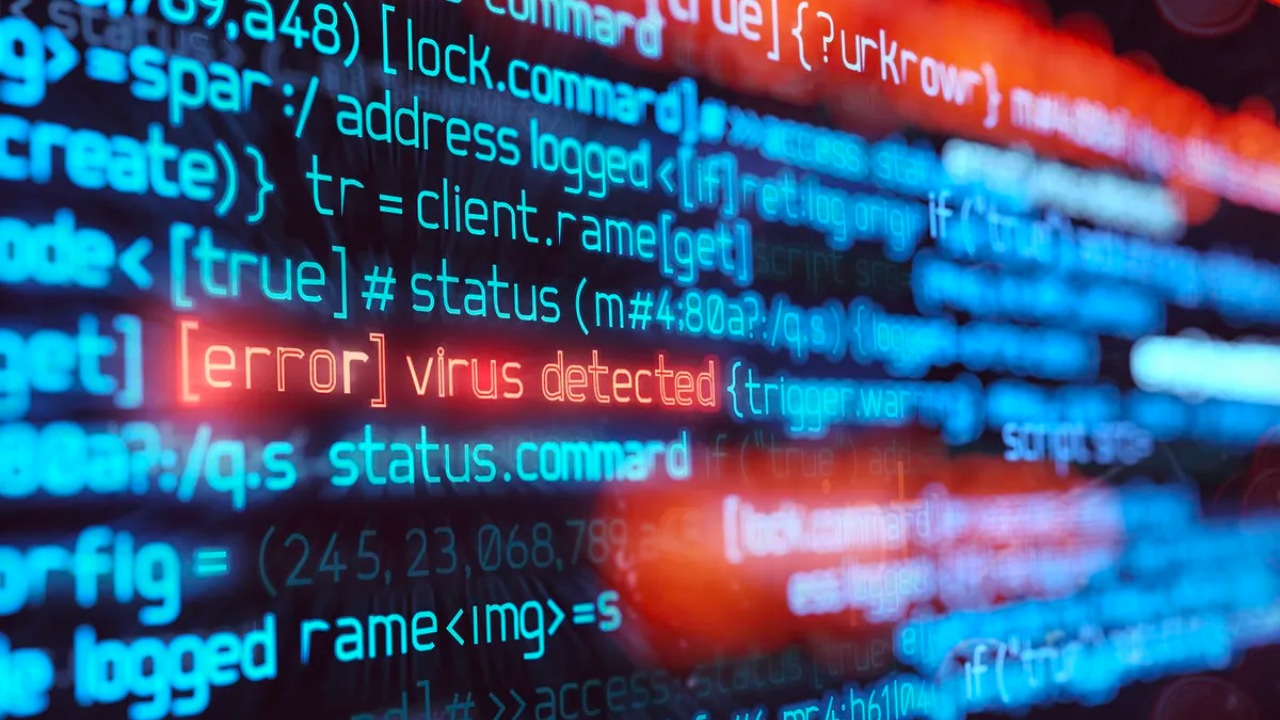
Nowadays, the use of different malware other than viruses to steal data and access users’ information has become widespread. Additionally, unlike viruses, these malware programs are It cannot copy itself.
But that doesn’t make them any less dangerous, of course. Ransomware, spyware and trojans It is important to remember that it is a type of malware that can cause a large amount of damage.
For example, ransomware attacks require companies to return encrypted or stolen data. millions of dollars may result in ransom payment.
In fact, the term malware is a general term for many malicious programs, and some viruses also fall into this category.
The logic of viruses is quite simple. These programs are programs where the vast majority follow a very similar script. It is a primitive form of malicious coding. In addition, viruses need a host program in which they can copy themselves.
However, this is not the case with this type of malware, making them much more versatile. Due to the rise of these programs, viruses have somewhat taken a backseat. This decline in popularity also from the development of antivirus software It is also sourced.
When advanced antivirus software is used, detection of viruses becomes very easy and likewise It would be easier to block them. This significantly reduces the success rates of viruses.
On the other hand, some malware programs are designed to evade antiviruses, making them safer for cybercrime to detect.
Of course, all these situations do not mean that viruses remain completely on the dusty shelves of history. Viruses still exist today and unfortunately continue to be a problem for some of us. Even each of us With a virus disaster when we least expected it. We may encounter.
To sum up: viruses, all over the world, our computers and phones are protected against attacks. shows that you are defenseless We can say.
Again, we’ve come a long way since the emergence of the first widespread virus, and modern cybersecurity technology has become adept at weeding out these malicious programs.
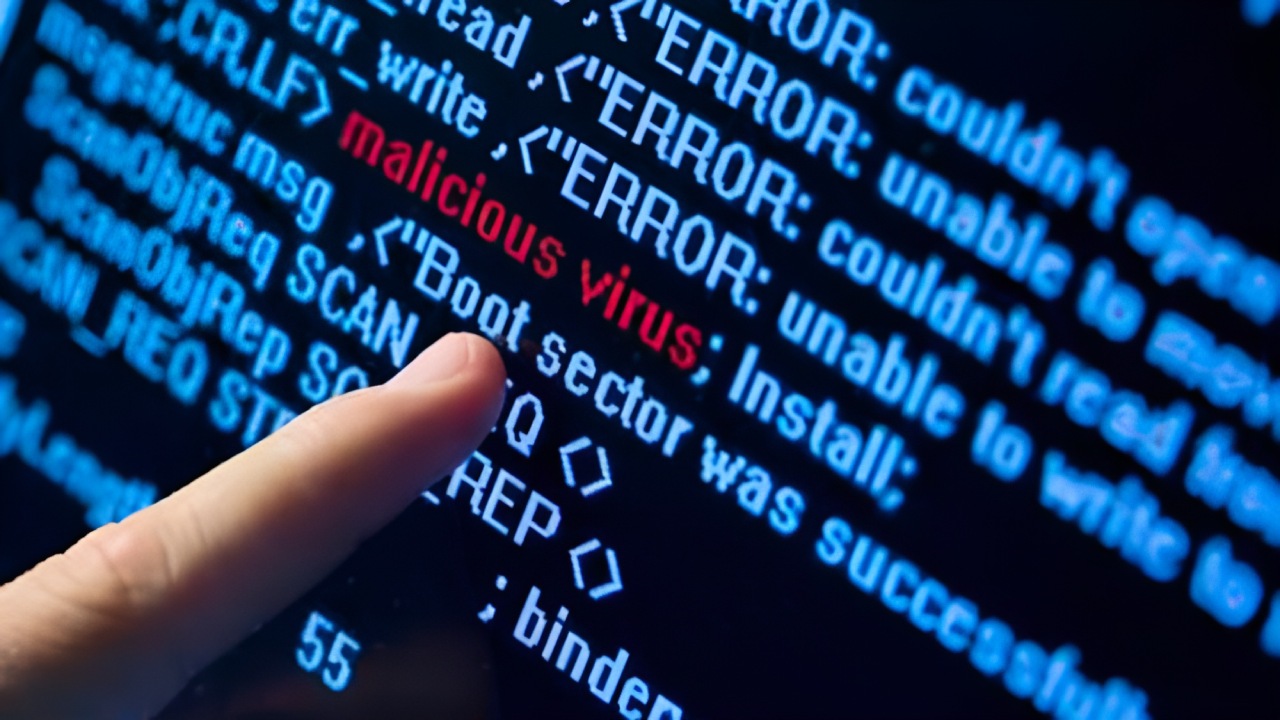
Of course, we may witness newer types of malware being created as the years go by. After all, with the development of computers, There is a direct proportion between the development of these programsThere is.
But the biggest reason why we do not fight against these viruses as much as before is Antivirus programs are now developed to detect most viruses. is that it has.
Our other content that may interest you:
RELATED NEWS
How to Crack Computer Games? Here are the Most Secret Methods Used by Crackers
RELATED NEWS
What is ‘RAM’, one of the most important parts of the computer? What exactly does it do and how does it work?
RELATED NEWS
A Story that Starts Slowly and Gains Speed Over Time: The Journey of the Computer Mouse from the Past to the Present
RELATED NEWS
